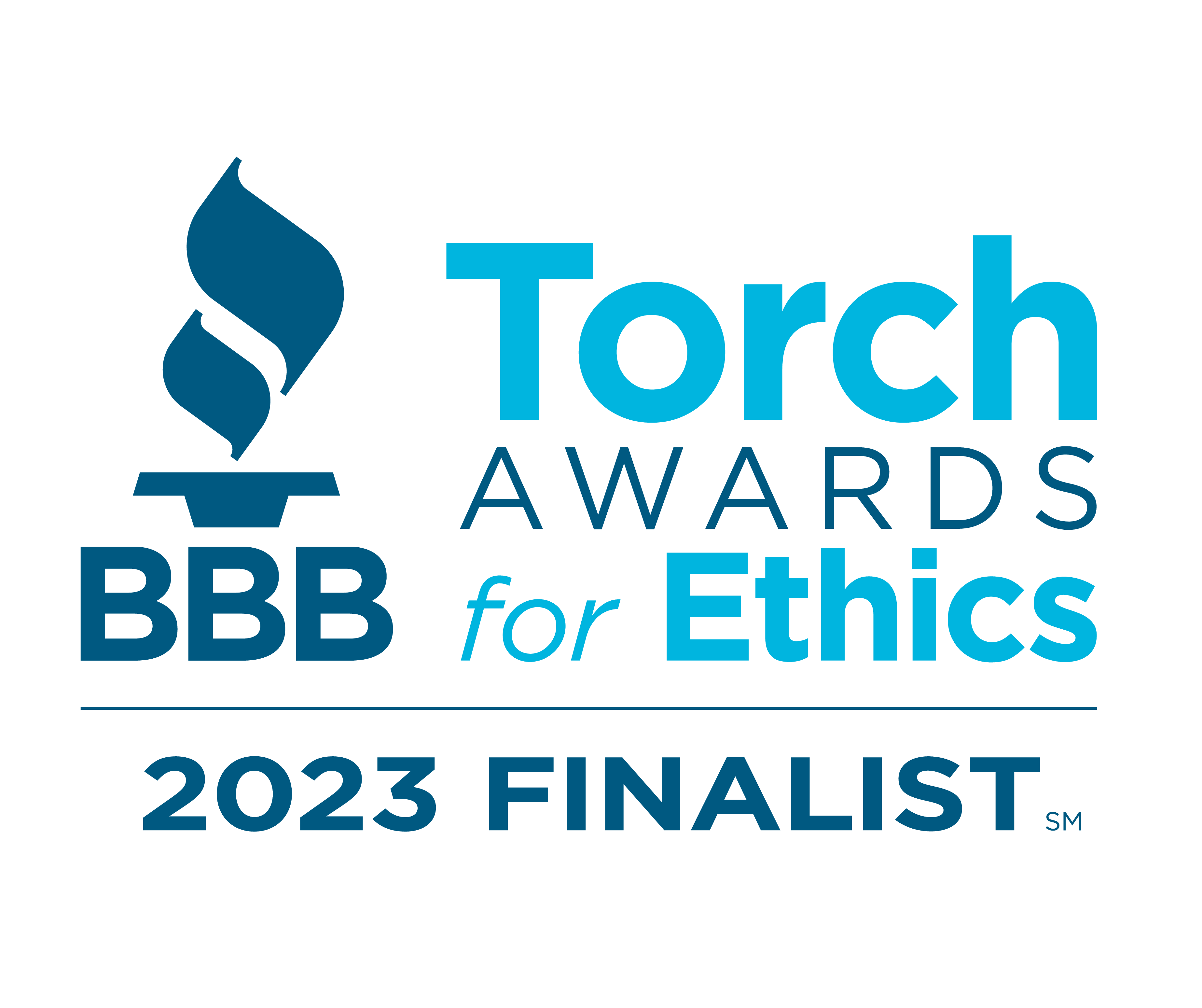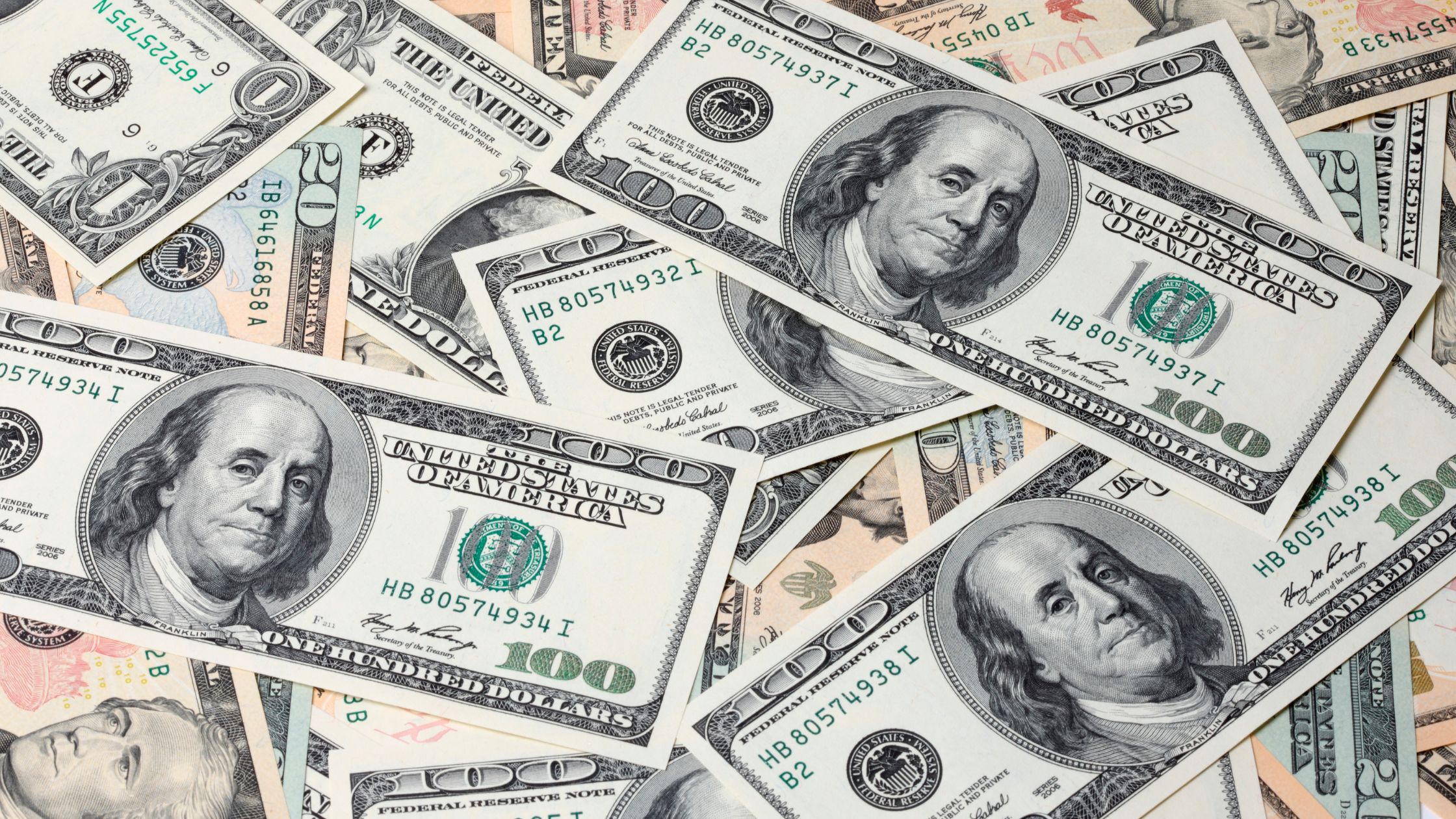Cash income over $10,000 must be reported – keep it simple with e-filing
With recent reports of the Internal Revenue Service using artificial intelligence to track tax evasion in large corporations, hedge funds, and private equity firms, you may be worrying that the IRS will use AI to try to audit you. Could this happen?
It’s entirely possible. Alleviate Tax founder and CEO George Baseluos recently told the personal finance website GOBankingRates, “I think the likely scenario is they would use AI to determine trends and ‘assume’ income in the absence of proper reporting or a recent tax filing.”
He said this could particularly create issues for business owners, but independent contractors, self-employed and even individuals who sell big-ticket items could fall prey to an audit if they aren’t careful to report all income.
That’s because even without AI, certain actions throw up “red flags” to the IRS that you might be hiding income or attempting tax evasion. One potential indicator of illegal activities is large cash transactions that you fail to report to the IRS. That’s where Form 8300 comes in.
What Is IRS Form 8300 and how does it work?
Form 8300: How It Works
Form 8300 is the form you use to report cash payments greater than $10,000 received in a trade or business. Individuals, companies, corporations, partnerships, associations, trusts, and estates must file Form 8300 with the IRS and Financial Crimes Enforcement Network (FinCEN).
FinCEN is the organization tasked with detecting money launderers and protecting national security. The organization focuses on criminal activities, including drug trafficking and terrorism. But even if you aren’t doing anything illegal, the organization could begin investigating if it detects unreported funds over $10,000 in deposits into your account.
Who Needs to File Form 8300?
Businesses and individuals who receive more than $10,000 cash in a single transaction in a 24-hour period or related transactions spanning within a 12-month time period must file Form 8300 within 15 days to report the income.
Cash transactions include any transfer of currency or coins. Cashier’s checks, bank drafts, traveler’s checks and money orders with a face value of less than $10,000 may also be considered cash if multiple checks or money orders are combined to total $10,000 or more for a related transaction.
New E-Filing Requirements for Form 8300
As of January 2024, businesses and individuals who meet certain criteria and must file 1099 and W-2 forms electronically must also file Form 8300 electronically, according to newly revised IRS guidelines.
If you are required to file at least 10 W-2 or 1099 forms, in total, in the calendar year, you must also file Form 8300 electronically within 15 business days of the transaction for any cash transactions over $10,000. This applies to businesses who file more than 10 of any combination of W-2 and 1099 forms.
Even if you aren’t required to file Form 8300 electronically, it is faster and easier to do so. There’s no risk of your form getting lost or delayed in the mail.
How to Avoid Form 8300
There is no way to legally avoid Form 8300 if you receive cash transactions greater than $10,000 or qualifying money order, cashier’s check, or traveler’s check payments. You can’t split the money into two transactions if they are related. The IRS considers transactions related if they occur within 24 hours of each other or if the business knows the transactions are related or connected.
If you pay someone more than $10,000 in cash transactions, they must file Form 8300. You’ll get a notice that they did so.
Penalties for Failure to File Form 8300
The IRS charges hefty penalties for failing to file Form 8300. You will be charged $310 per return for failing to file, failing to include all required information, or entering incorrect information. Follow Form 800 instructions carefully to avoid penalties. Total penalties are based on your gross income.
If you have gross receipts of less than $5 million, you can pay up to $1,261,000 in penalties per year.
If you make more than $5 million, the maximum penalty rises to $3,783,000 per year.
If you correct the mistake or file the form within 30 days, the penalty drops from $60 instead of $310.
If you intentionally disregard 8300 Form requirements, you could be charged $570 in penalties each time or 10% of the aggregate amount of the payments required to be reported, with no calendar year limits.
Criminal penalties may also apply, with fines of up to $25,000 for individuals and $100,000 for corporations, as well as imprisonment up to five years and the costs of prosecution, according to the IRS website.
How to File Form 8300
Fortunately, filing Form 8300 isn’t difficult. If you opt to file an 8300 form by mail, you can mail Form 8300 to:
The Detroit Federal Building / P.O. Box 32621 / Detroit, MI 48232
If you choose to file electronically, or if you are required to file electronically, visit the Bank Secrecy Act (BSA) E-Filing System at the U.S. Treasury website.
If you can’t file electronically but meet the requirements to do so, you can request a waiver for undue hardship by filling out IRS Form 8508. When you mail in your Form 8300, include the word “WAIVER” on the top of the paper form.
You may also qualify for a religious waiver if your religion prohibits the use of technology for filing taxes or other paperwork. Include the words “RELIGIOUS WAIVER” at the top of your form.
In short, there’s no way to avoid Form 8300, and timely compliance can save you money and hassles with the IRS.
FAQs
See what taxpayers commonly ask about filing Form 8300.
Does Form 8300 trigger an audit?
If you file Form 8300 to report $10,000 or more in cash income, it doesn’t necessarily trigger an audit. Likewise, if someone lists you as a payor on Form 8300 for a large cash transaction, it may not raise any red flags with the IRS.
However, if the income you report on your tax returns does not show that you might have the capability to make a large cash purchase, the IRS may look more closely at your files and bank statements.
What is form 8300 used for?
Form 8300 is used to report large cash transactions exceeding $10,000.
Do individuals have to file form 8300?
If an individual receives more than $10,000 in payment for one transaction or related transactions, such as the purchase of a car, artwork, antiques, or other goods or services, that taxpayer has to file form 8300.
Does the IRS track cash deposits?
The IRS tracks cash deposits in banks through Form 8300. Banks have an obligation to report cash deposits or purchases of money orders or cashier’s checks exceeding $10,000.









